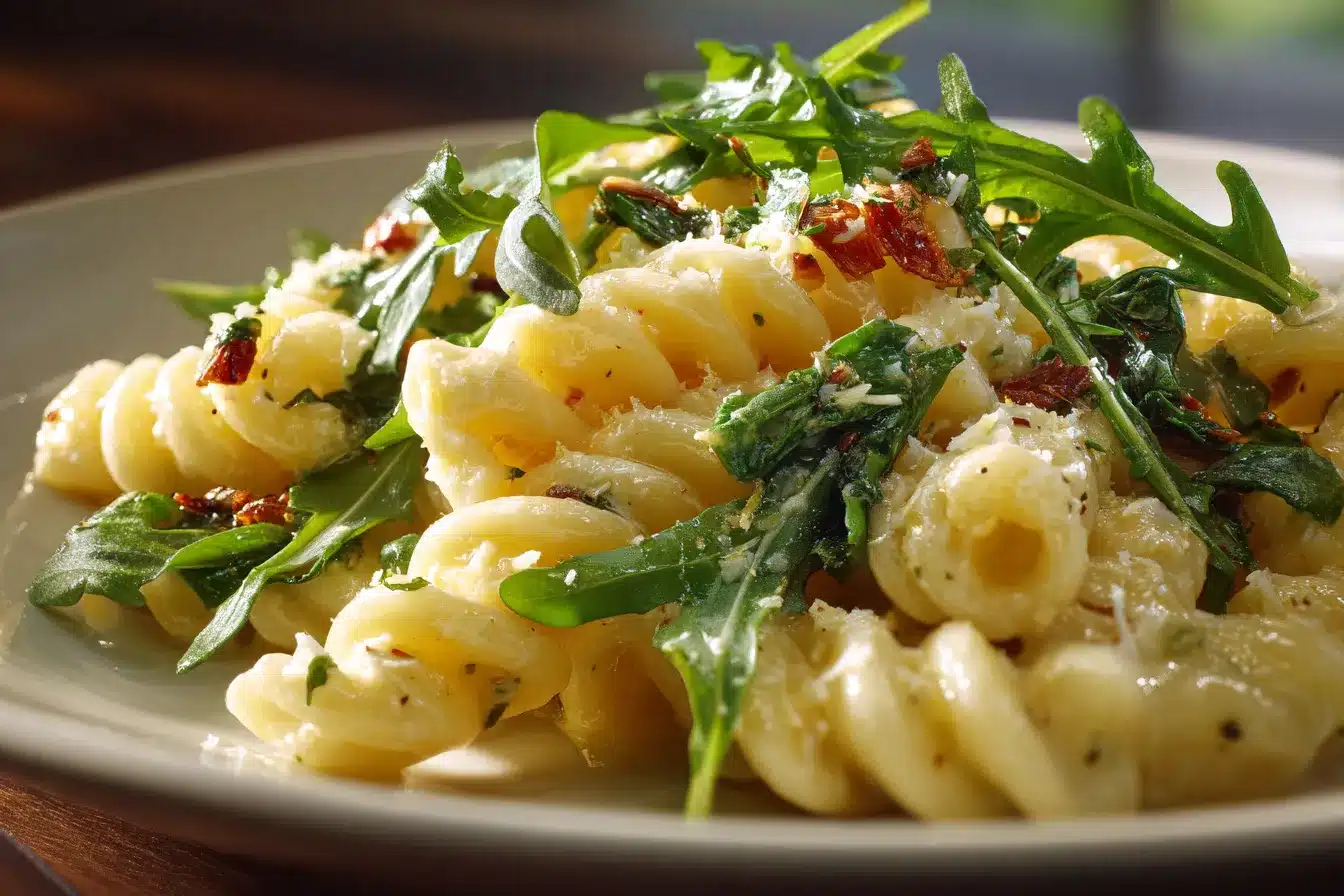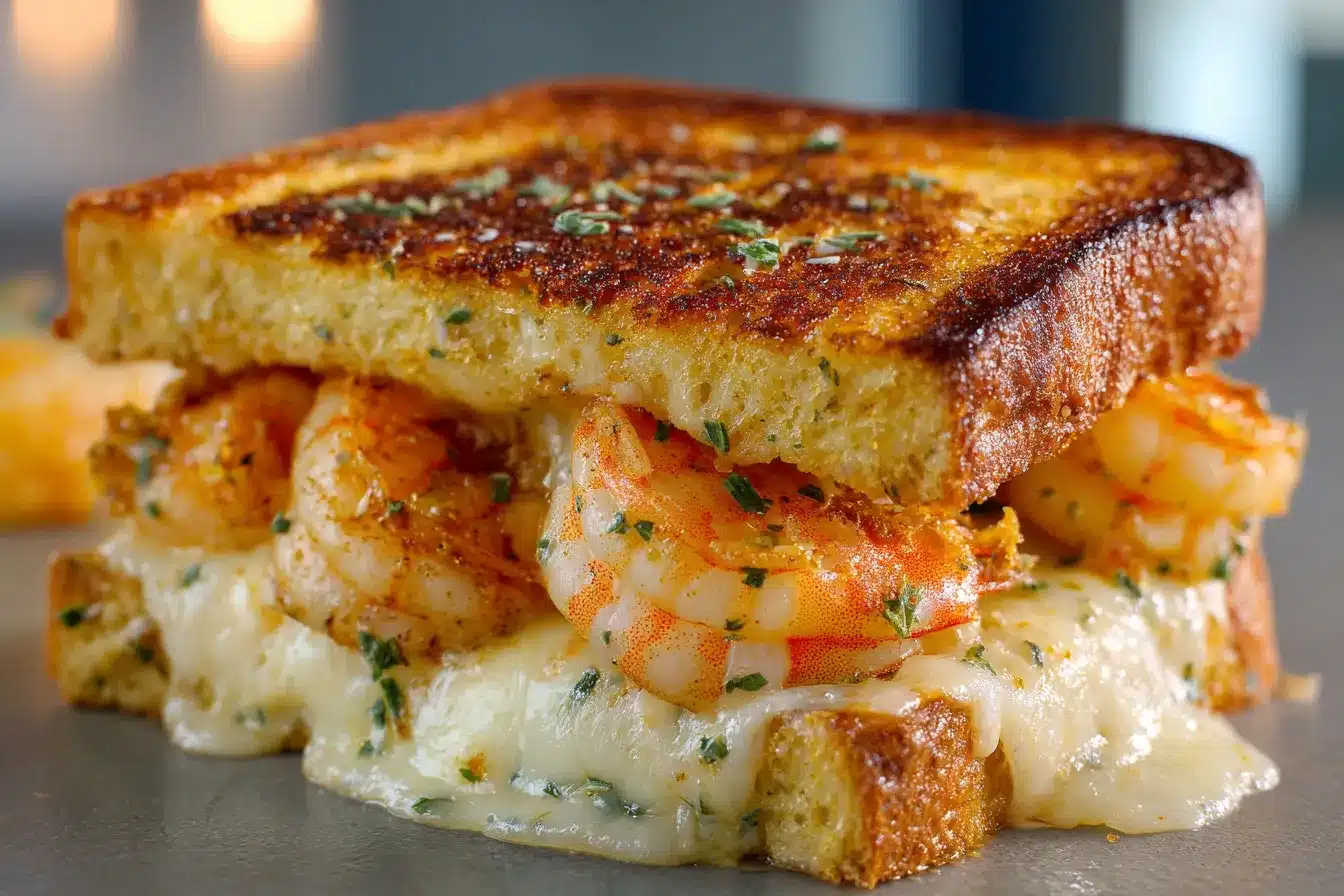Step-by-Step Seafood Boil Sauce Recipe
Classic Garlic Butter Seafood Boil Sauce
Let’s start with a classic that never disappoints. The garlic butter sauce is a crowd-pleaser, known for its rich flavor and simplicity.
Ingredients:
- 1 cup unsalted butter
- 8 cloves of garlic, minced
- 2 tablespoons lemon juice
- 1 tablespoon chopped parsley
- 1 teaspoon Old Bay seasoning
- Salt and pepper to taste
Instructions:
- Melt the butter in your saucepan over medium heat.
- Add the minced garlic and sauté until fragrant, about 1-2 minutes, ensuring it doesn’t burn.
- Stir in the lemon juice, parsley, and Old Bay seasoning.
- Season with salt and pepper, then simmer for an additional 2-3 minutes, allowing the flavors to meld.
- Taste and adjust seasoning if necessary. Serve warm with your favorite seafood.
Spicy Seafood Boil Sauce Variation
For those who like a bit of heat, this spicy variation will add a kick to your seafood feast.
Ingredients:
- 1 cup unsalted butter
- 8 cloves of garlic, minced
- 2 tablespoons lemon juice
- 1 tablespoon chopped parsley
- 1 teaspoon Old Bay seasoning
- 1 teaspoon cayenne pepper (adjust to taste)
- Salt and pepper to taste
Instructions: Follow the same steps as the classic garlic butter sauce, adding the cayenne pepper along with the Old Bay seasoning. Adjust the amount of cayenne to suit your heat preference.
Cajun Seafood Boil Sauce Recipe
Embrace the bold flavors of the South with this Cajun-inspired sauce, perfect for those who enjoy a blend of spices.
Ingredients:
- 1 cup unsalted butter
- 1 small onion, finely diced
- 4 cloves of garlic, minced
- 2 tablespoons Cajun seasoning
- 1 tablespoon lemon juice
- 1 teaspoon Worcestershire sauce
- Salt and pepper to taste
Instructions:
- Melt the butter in your saucepan over medium heat.
- Add the onion and garlic, sautéing until the onion is translucent and the garlic is fragrant.
- Stir in the Cajun seasoning, lemon juice, and Worcestershire sauce.
- Season with salt and pepper, then let the sauce simmer for 3-4 minutes to allow the flavors to combine.
- Taste and adjust the seasoning as needed. Serve warm, adding a unique Cajun twist to your seafood boil.
These recipes provide a solid foundation, but don’t hesitate to tweak them to your liking. The beauty of cooking lies in making each dish your own, so experiment with different herbs, spices, and ingredients to create your signature seafood boil sauce. In the next section, we’ll explore how to pair these sauces with various types of seafood to enhance your dining experience.
Pairing Your Sauce with Different Seafoods
Best Seafoods to Pair with Your Boil Sauce
The right sauce can elevate any seafood dish, but knowing which seafoods pair best with your sauce can take your meal to the next level. Here’s a guide to help you match your delicious sauces with the right seafood:
- Shrimp: The mild, sweet flavor of shrimp goes wonderfully with all types of sauces, especially the classic garlic butter sauce.
Don’t hesitate to see our bang bang shrimp recipe.
- Crab: Rich and meaty, crab can handle bold flavors, making it perfect for the Cajun seafood boil sauce.
- Lobster: The sweetness of lobster pairs beautifully with the spicy seafood boil sauce, balancing heat with sweetness.
- Clams and Mussels: These shellfish are great with lighter sauces, allowing their delicate flavors to shine through.
Tips for Enhancing Seafood Flavors
To ensure your seafood and sauce combinations are a hit, consider these tips:
- Don’t Overpower the Seafood: The sauce should complement, not overpower, the natural flavors of the seafood.
- Consider Texture: Pair thicker, creamier sauces with meatier seafood like lobster or crab, and lighter sauces with delicate seafood like clams.
- Balance Flavors: If your seafood is naturally sweet, consider a sauce with a bit of acidity or spice to balance the flavors.
By thoughtfully pairing your seafood with the right sauce, you can create a harmonious dish that highlights the best qualities of each component. Whether you’re serving a simple shrimp dish or a lavish seafood platter, the right sauce can transform your meal into a culinary delight.
In the next section, we’ll delve into customizing your seafood boil sauce, offering tips and ideas to tweak the recipes to your personal taste, ensuring every bite is a reflection of your culinary preferences.
Customizing Your Seafood Boil Sauce recipe
Adjusting Spice Levels
Not everyone has the same tolerance or love for spice, and that’s perfectly okay! If you’re preparing a seafood boil sauce and want to adjust the heat, here are some tips:
- For Less Heat: Reduce or omit spicy ingredients like cayenne pepper or hot sauce. You can also add more butter or a splash of cream to mellow out the flavors.
- For More Heat: Add extra cayenne pepper, a pinch of red pepper flakes, or a few dashes of your favorite hot sauce. Taste as you go to ensure it doesn’t get too spicy.
Adding Personal Touches to Your Sauce
Making the sauce your own is all about personal touches. Here are some ideas to inspire your customization:
- Herbs: Experiment with different herbs like dill, tarragon, or cilantro to add a fresh twist to your sauce.
- Citrus: Lemon is a classic, but why not try lime or orange for a different kind of zing?
- Aromatics: Beyond garlic and onions, consider shallots, leeks, or green onions for varying depths of flavor.
- Umami Boosters: Ingredients like Worcestershire sauce, soy sauce, or anchovy paste can add a rich umami flavor to your sauce.
Remember, the best part of cooking is making it your own, so don’t be afraid to experiment and taste as you go. Your perfect seafood sauce recipe might just be one unique ingredient away!
In the upcoming section, we’ll explore the best practices for storing your seafood boil sauce and creative ways to reuse any leftovers, ensuring that none of your delicious creations go to waste.
Storing and Reusing Seafood Boil Sauce
Best Practices for Sauce Storage
To ensure your seafood boil sauce remains as delicious as the day you made it, proper storage is key. Here’s how to keep your sauce fresh:
- Cooling Down: Allow the sauce to cool to room temperature before storing it to prevent condensation, which can lead to spoilage.
- Airtight Containers: Store your sauce in airtight containers or jars to keep out air and contaminants.
- Refrigeration: Keep the sauce in the refrigerator, where it can last for up to a week. Ensure your fridge is at the proper temperature, around 37-40°F (3-4°C).
Creative Ways to Reuse Leftover Sauce
If you find yourself with extra sauce, there are plenty of delicious ways to give it a second life. Here are some ideas:
- Seafood Pasta: Toss the sauce with cooked pasta and your choice of seafood for a quick and flavorful meal.
- Seafood Dip: Warm up the sauce and use it as a dip for bread or fresh vegetables.
- Seafood Stew: Use the sauce as a base for a hearty seafood stew or chowder, adding in your favorite seafood and vegetables.
By following these storage tips and embracing the versatility of your seafood boil sauce, you can enjoy its flavors in various dishes, reducing waste and maximizing your culinary creativity.
In the next section, we’ll address some frequently asked questions about seafood boil sauce, providing additional insights and tips to help you master the art of sauce-making.
Frequently Asked Questions About Seafood Boil Sauce
How Long Can You Store Seafood Boil Sauce?
You can store your homemade seafood boil sauce in the refrigerator for up to one week. Ensure it’s in an airtight container to maintain freshness and prevent any off-flavors. If you’ve made a large batch and want to keep it longer, consider freezing the sauce. In the freezer, it can last for up to three months. Just thaw it in the refrigerator overnight when you’re ready to use it again.
Can You Freeze Seafood Boil Sauce?
Absolutely! Freezing is a great way to extend the life of your seafood boil sauce. Pour the cooled sauce into a freezer-safe container or bag, leaving some space for expansion. When you’re ready to enjoy it, let it thaw in the refrigerator and then gently reheat it, stirring well to recombine any separated ingredients.
What Are Some Common Mistakes to Avoid?
When making and storing seafood boil sauce, here are a few pitfalls to avoid:
- Overheating: When reheating your sauce, avoid boiling it, as this can cause separation, especially in butter-based sauces.
- Cross-Contamination: Always use clean utensils when serving or handling the sauce to prevent bacterial growth.
- Overcrowding the Pan: If you’re adding seafood directly to your sauce, avoid overcrowding the pan, as this can lead to uneven cooking and a diluted flavor.
By keeping these FAQs in mind, you’ll be better equipped to create, store, and enjoy your seafood boil sauce, ensuring every seafood feast is as delicious as the last.
In the next section, we’ll wrap up our comprehensive guide, recapping the key points and encouraging you to experiment with your newfound knowledge to create unforgettable seafood dishes.




